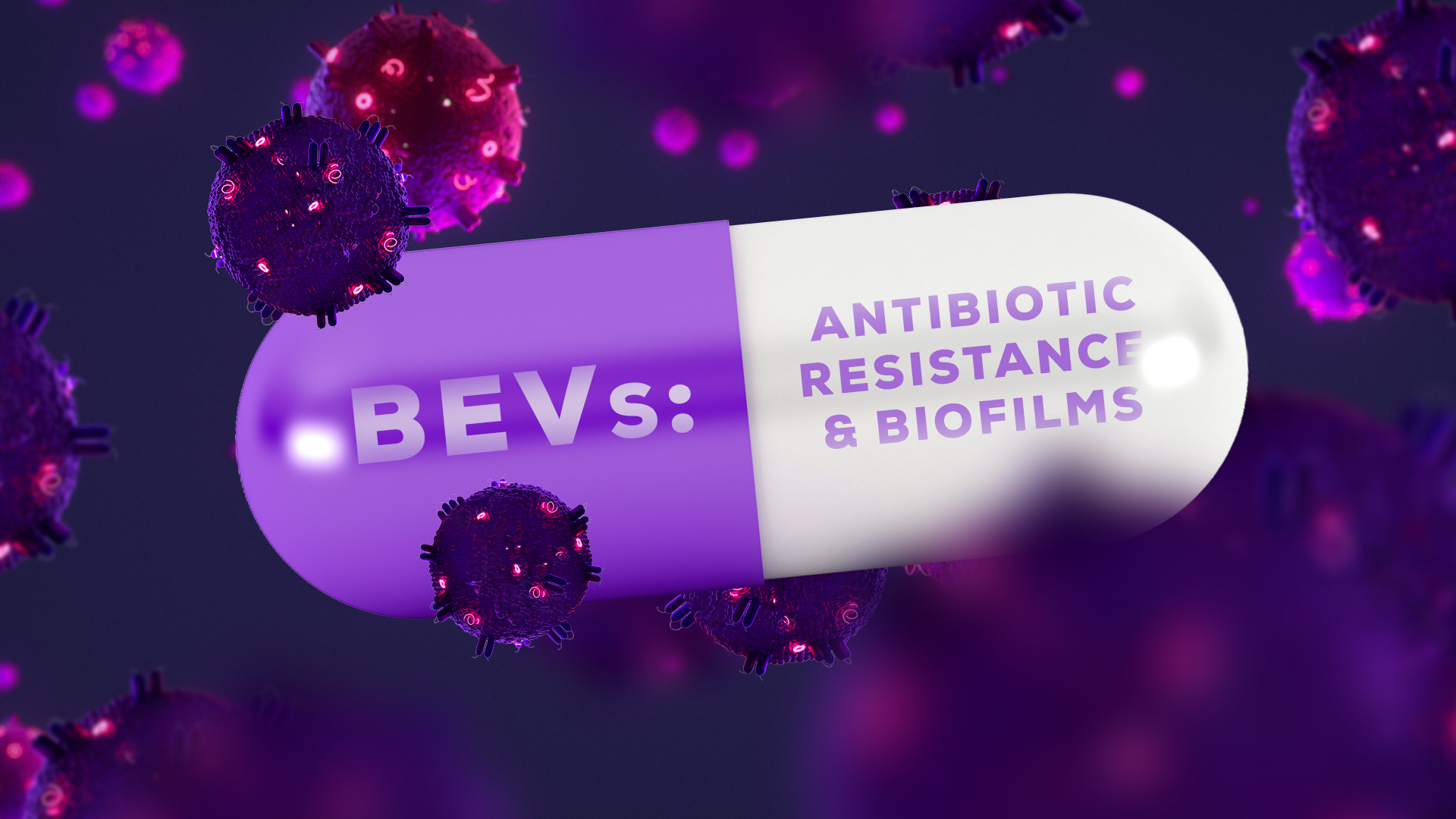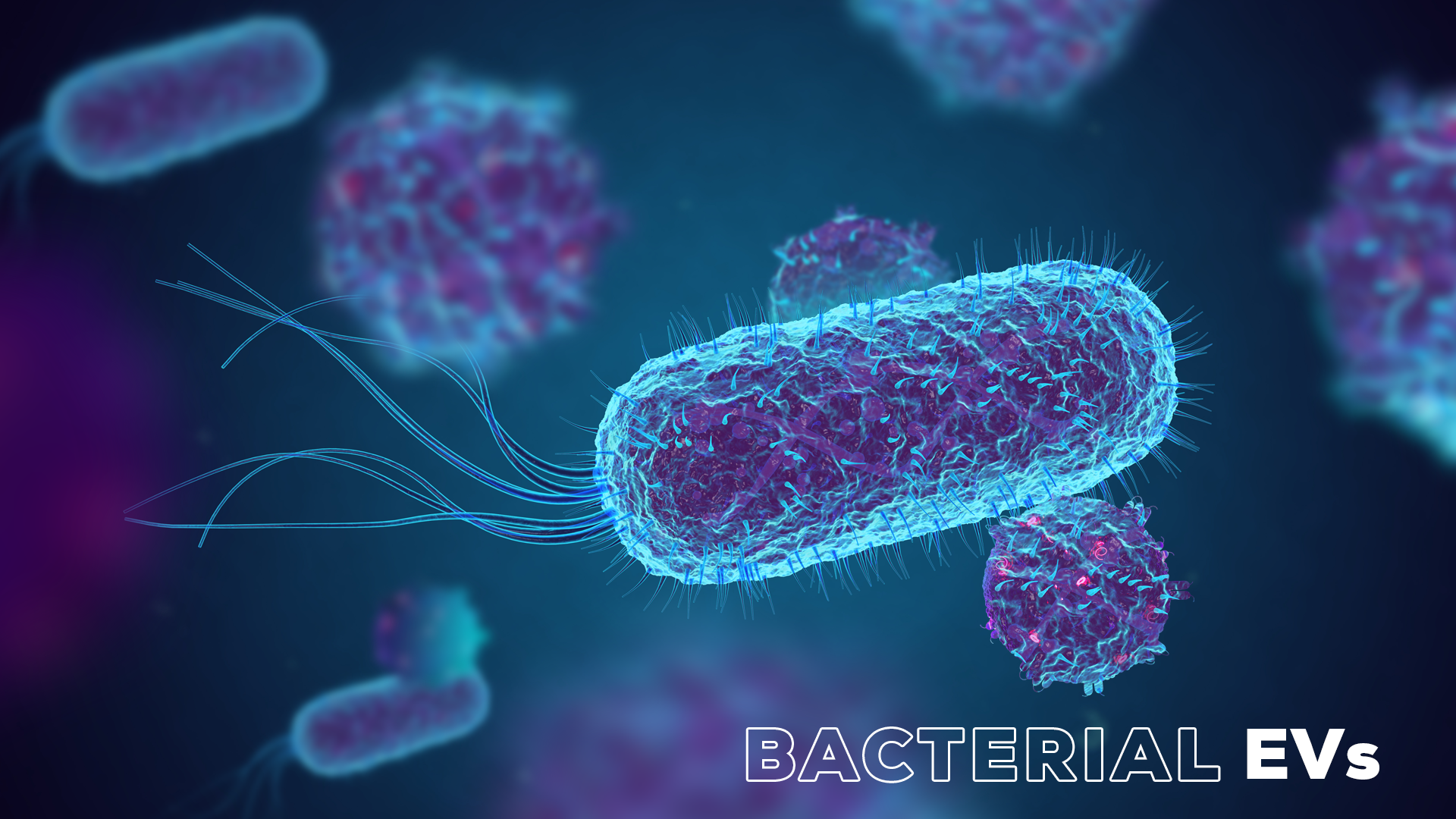Isolate and Characterise Extracellular Vesicles
Our isolation and measurement techniques bring reproducibility and precision to the extracellular vesicle (EV) field. Together, our qEV Isolation and TRPS measurement technology enable exosomes, microvesicles and other EVs to be isolated prior to size and concentration measurement.
qEV columns harness principles of size exclusion chromatography to provide an effective approach to EV isolation, and when paired with the Automatic Fraction Collector (AFC), streamline and standardise your EV isolation workflow. Tunable resistive pulse sensing (TRPS) is a single-particle measurement technique that utilises the Coulter principle to provide precise, high-resolution measurements on a particle-by-particle basis.

Providing reproducible and efficient separation solutions for fundamental EV research, and in-depth insights into physical characteristics.
The qEV Isolation platform provides a scalable and standardisable approach to separation for developments in EV diagnostics.
Ready to provide separation solutions and single-particle analysis for EV/exosome-based developments in therapeutics and cosmetics.
Rapid, Gentle and Effective Extracellular Vesicle Isolation
The isolation of EVs is a challenging task due to their small and heterogenous size distribution, co-existence with other non-vesicular structures, and susceptibility to deformation when exposed to extremely high gravitational forces. Using principles of size exclusion chromatography (SEC), qEV Columns enable EVs to be separated from contaminating soluble proteins in a gentle yet efficient manner. qEV columns are suited to the purification of EVs from an array of biofluids and come in a variety of sizes to accommodate sample loading volumes from 150 µL to 100 mL.
Learn more about qEV

Automate Your Extracellular Vesicle Isolation
In the past, the process of EV isolation has been labour-intensive, irreproducible, and therefore difficult to scale. The Automatic Fraction Collector (AFC), however, automates extracellular vesicle (EV) isolation and enables precise and reproducible separation. Using the AFC, together with qEV size exclusion chromatography columns, EV isolation can be achieved easily and with minimal intervention – providing a scalable way forward for EV research and applications. Even in settings where scaling is not required, the automation of the AFC enables users to complete other tasks whilst reproducible EV isolation takes place, increasing efficiency and decreasing time investment.
Learn about the AFCqEV Isolation: The Foundation of Reproducible EV Research
For the EV field to fulfil its potential, fundamental research and translational studies must be built on a foundation of effective and reproducible EV isolation.
However, most isolation procedures isolate a subpopulation of EVs in an irreproducible manner and do not enable adequate purity to be obtained. As high purity is essential to ensuring the biomarker or functional molecule of interest is indeed within EVs, compromising on purity – and reproducibility – limits the success of the field.
For these reasons, qEV Isolation is quickly rising in popularity, and comparative studies continue to emphasise its superiority over other methods. Using size exclusion chromatography (SEC) via the qEV Isolation platform enables you to maximise reproducibility, EV purity and EV functionality, thereby streamlining isolation for diagnostic development, therapeutic studies, and fundamental EV research.
.webp)

Measure Extracellular Vesicles With Tunable Resistive Pulse Sensing
Tunable Resistive Pulse Sensing (TRPS) is a single-particle measurement technique designed for measuring extracellular vesicles (EVs) in the size range of 40 nm to 11 µm. TRPS measures individual particle size and zeta potential, or size and concentration, with a level of precision and accuracy not found in commonly used light scattering techniques that provide bulk estimates. TRPS is suited to a range of biological sample types containing colloidal particles, including exosomes/extracellular vesicles. Due to its single-particle resolution, TRPS allows you to accurately identify subpopulations within a sample.
Learn more about TRPS



